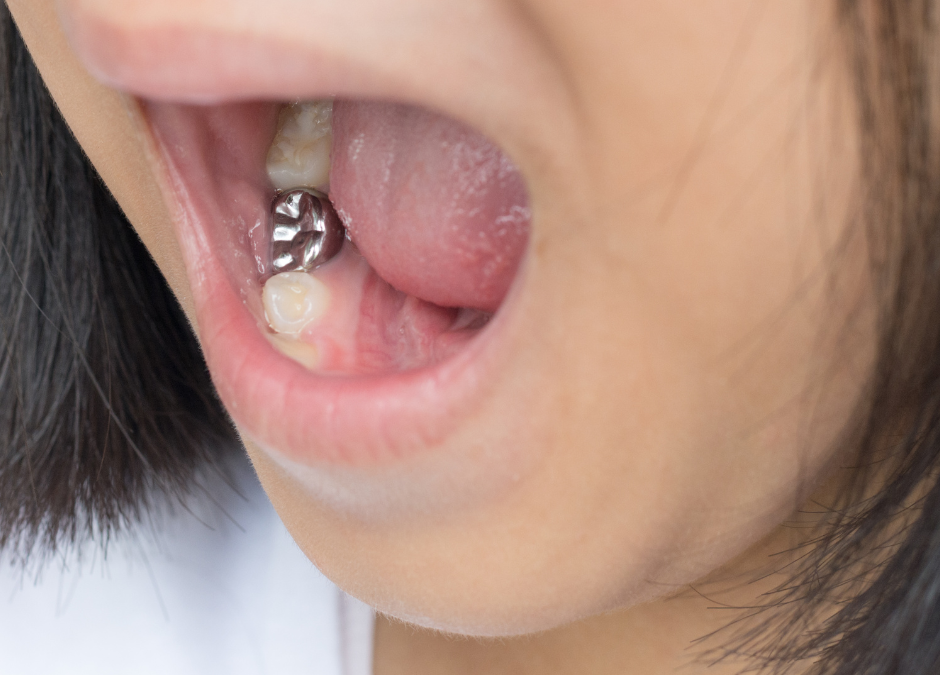Silver fillings are what most people got prior to the mid-1990s. While white fillings were first introduced in the 1970s, and the technology progressively improved through the mid-80s most people didn’t really start choosing them as a viable option until the 90s. Early on people often still chose silver fillings because they were the cheapest option.
Silver fillings, also known as amalgam fillings last about 10-15 years. They are very durable and can withstand a lot of wear and tear so they are a good option for large cavities and patients with a high risk of tooth decay. The downside to amalgam fillings is that they aren’t as attractive and they can also stain the teeth and gums surrounding them.
Amalgam fillings used to have high concentrations of mercury in them and it wasn’t uncommon for people to have these fillings for 30-50 years. If you still have old fillings from the 1980s you should consider having them replaced. Mercury is highly toxic and unsafe and the mercury vapors can spread through your body every time you chew, brush, or drink a hot beverage, passing into your bloodstream. Mercury can be attributed to headaches, sinusitis, vision problems, fatigue, and a metallic taste in the mouth. Mercury is also associated with serious diseases like thyroid disorders, Multiple Sclerosis, and Alzheimer’s.
If you are looking for a more attractive filling that’s white you can go with a composite or porcelain filling. Composite fillings can be closely matched to your natural tooth color and last 5 – 7 years. Porcelain ceramic fillings come at a higher price point, but they last quite a bit longer at about 10 years.
If you have questions about what type of fillings are best for you or if you have old silver fillings and you’d like to make sure they don’t contain mercury please talk it over with your dentist.

